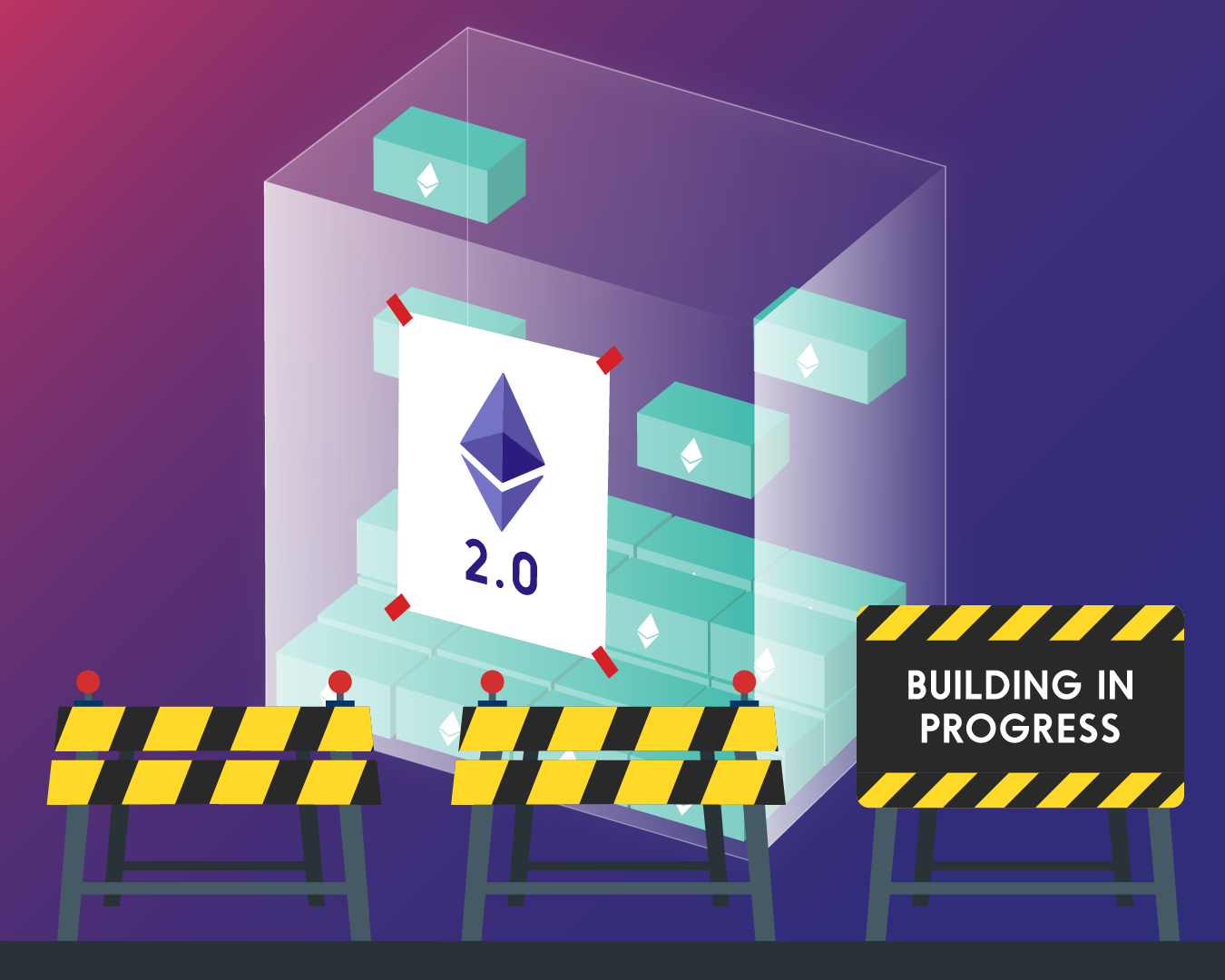As the crypto industry eagerly awaits the launch of ETH 2.0, the Ethereum Foundation announced in late January that the second-biggest cryptocurrency is undergoing a rebranding of sorts. Ethereum will be replacing what was previously referred to as ETH 1.0 and ETH 2.0 with new terms.
Ethereum’s New Terms
Outlined in their Q1 roadmap blog, the team announced that Ethereum 1.0, the Proof-of-Work blockchain, will now be referred to as the “execution layer” while the highly anticipated Proof-of-Stake Beacon Chain will now be referred to as the “consensus layer.” Collectively, these will be called Ethereum, with the merge expected in mid-2022.
As the project transitions from a PoW consensus to a PoS model, validators will be required to stake funds in the network in order to validate transactions. While being more environmentally friendly, this transition is also expected to lead to greater network scalability, security and ultimately lower transaction costs.
The rebranding is expected to dispel the confusion that ETH 2.0 is a separate protocol when in fact it is simply a network upgrade. It is also expected to dispel concerns that ETH 1.0 and 2.0 might confuse new users, and act as a precaution against scammers taking advantage of these newer crypto enthusiasts.
The concerns lie in users being told they need to “transition” from one Ethereum network to another, which is not the case, which would ultimately lead to a loss of funds.
Ethereum’s Consensus Layer Journey
The upgrade was first announced in 2018 when the Ethereum Foundation released plans to move the network from a PoW consensus algorithm to a PoS one in order to scale the network in a decentralized manner.
After work began on the outlined upgrade it became clear to the team that this operation would take a few years to properly and effectively implement. Many things have since changed, however, here is a brief and updated version of the execution layer’s transition so far:
Phase 0 was the launch of the Beacon Chain, according to the company’s website it “provides the heartbeat to [Ethereum 2.0], the tempo and rhythm for the system’s harmony and consensus.” This was launched on 1 December 2020.
The next phase, Phase 1, was initially intended to involve implementing shard chains but was later changed to focus on the “merge”.
Sharding refers to horizontally partitioning a blockchain by adding subsets of nodes onto the shard chain to process and validate transactions.
Phase 1.5 was then meant to revolve around shard implementation, with the Mainnet being added to the Beacon Chain. The Mainnet was originally meant to be added as the last shard to the Beacon Chain, however, it will now be the first shard added in order to smoothly transition away from PoW.
The merge will now take place before the implementation of shard chains and is currently expected to launch in June 2022.
Phase 2 is under internal discussion and “intense research” and will likely be outlined closer to or after the merge takes place.
What You Need To Know About Ethereum’s Rebranding
Essentially, all you need to know at this point is that ETH 1.0 will now be referred to as the execution layer and will handle all transactions and data while ETH 2.0 will be referred to as the consensus layer and handle the PoS consensus. No action is required for any Ethereum user during these network upgrades.
________________________________________________________
Oobit Technologies Pte, 50 Raffles Place #37-00 Singapore Land Tower, Singapore (048623). is a company registered in Singapore (no:201716443G), that has been approved as Appointed Representative of Oobit Technologies OÜ, Harju maakond, Tallinn, Lasnamäe linnaosa, Väike-Paala tn 2, 11415, (no: 14852617 ). Which is authorized and regulated by the FIU (no: FVR001421 and FRK001304).

